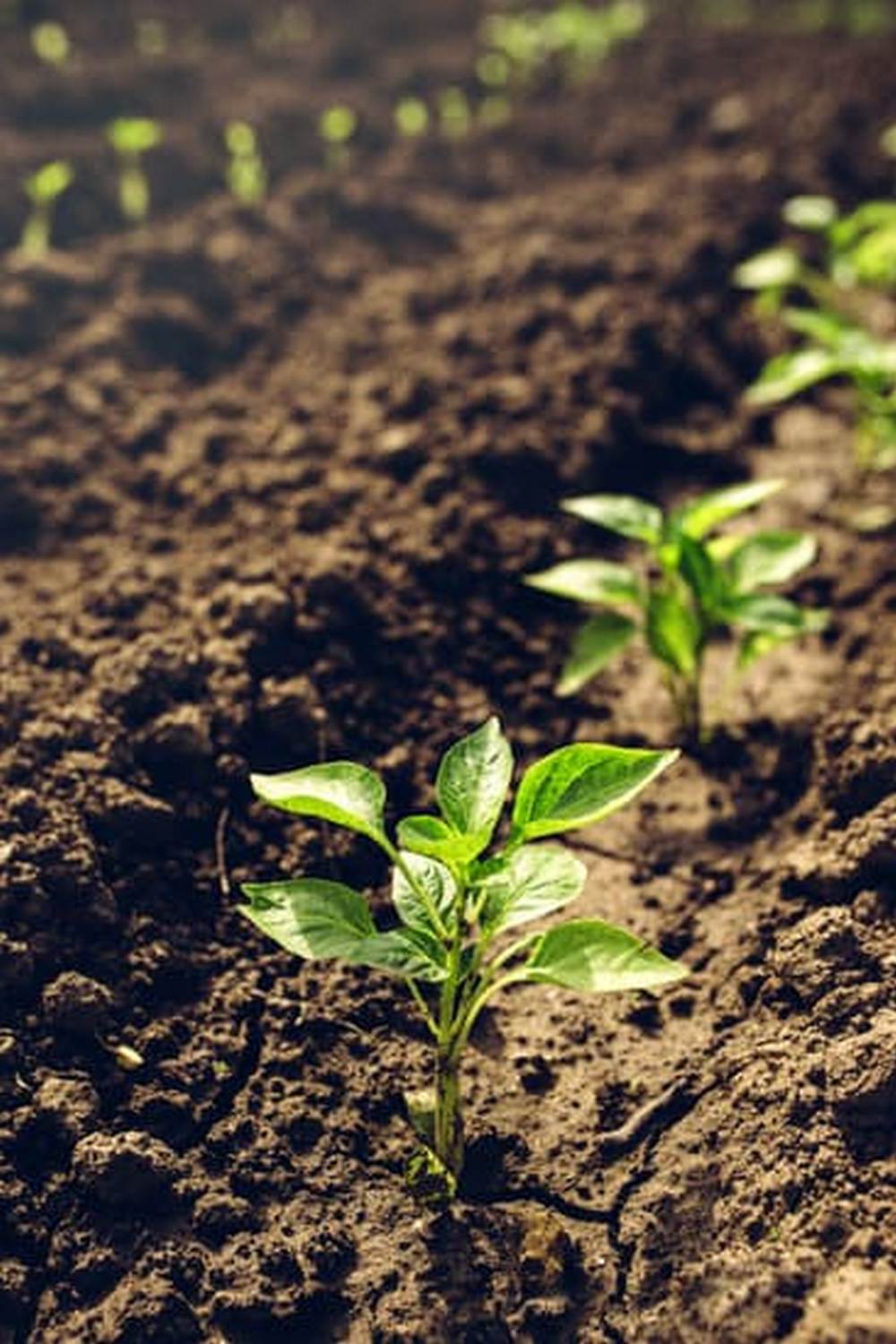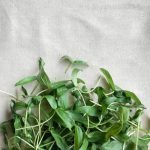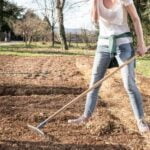Are you looking to grow the best vegetables in your garden? It all starts with the right soil. Finding the best soil for gardening vegetables is essential for ensuring a successful harvest and healthy plants. The quality of the soil plays a vital role in the growth and overall health of your vegetables, making it crucial to understand what makes the best soil for vegetable gardening.
Soil quality directly impacts the success of vegetable gardening, affecting plant growth, nutrient uptake, and overall plant health. From pH levels to texture and nutrient content, each aspect of soil composition plays a significant role in determining its suitability for growing vegetables. Understanding the characteristics of high-quality soil for vegetable gardening is essential for any aspiring or experienced gardener looking to optimize their growing conditions.
Different types of soil offer various advantages and disadvantages when it comes to vegetable gardening. Exploring these different types can provide valuable insights into which type of soil best suits your garden’s needs. By comparing and contrasting these variations, you can make an informed decision on which type of soil will be most beneficial for your specific vegetable garden.
What Makes the Best Soil for Gardening Vegetables?
When it comes to gardening vegetables, the quality of the soil plays a crucial role in determining the success of your harvest. The best soil for gardening vegetables is one that provides essential nutrients, proper pH levels, and the right texture for optimal root growth. Understanding what makes the best soil for vegetable gardening will help you create a thriving environment for your plants.
Characteristics of High-Quality Soil
The best soil for gardening vegetables is rich in organic matter, well-draining, and has a loamy texture. Loamy soil is a balanced mixture of sand, silt, and clay, which provides good structure for root development while allowing for proper water retention and drainage. Additionally, high-quality soil should have a neutral pH level (around 6-7) to ensure that essential nutrients are readily available to the plants.
pH Levels, Texture, and Nutrient Content
pH levels in the soil can greatly impact the availability of nutrients to plants. Most vegetables thrive in slightly acidic to neutral soils. Testing the pH level of your soil is important in determining if any amendments need to be made to create an ideal growing environment for your vegetables.
In addition to pH levels, nutrient content is also essential for healthy plant growth. The best soil for gardening vegetables should contain adequate levels of nitrogen, phosphorus, potassium, as well as micronutrients like calcium and magnesium.
In summary, the best soil for gardening vegetables is characterized by its loamy texture, proper pH levels between 6-7, and abundant nutrient content. Understanding these key characteristics will help you identify and create the optimal growing conditions for a successful vegetable garden.
Different Types of Soil for Gardening Vegetables
When it comes to gardening vegetables, choosing the right type of soil is crucial for ensuring the healthy growth and development of your plants. Different types of soil have varying characteristics that can impact the success of your vegetable garden. The best soil for gardening vegetables should have a balanced pH level, ideal texture, and sufficient nutrient content to support plant growth.
One of the most common types of soil for gardening vegetables is loamy soil. This type of soil has a balanced combination of sand, silt, and clay, making it well-draining and fertile. Loamy soil is often considered one of the best choices for vegetable gardening due to its ability to retain moisture while still allowing excess water to drain, providing an excellent environment for root development and overall plant health.
Another option for vegetable gardening is sandy soil, which has larger particles and drains quickly. While this type of soil may not retain as much moisture as loamy soil, it can be improved by adding organic matter such as compost or well-rotted manure to increase its water retention capabilities.
On the other hand, clay soil consists of tiny particles that hold onto moisture but can become compacted and difficult for plants’ roots to penetrate. However, with proper amending and maintenance, clay soil can also be suitable for growing vegetables.
In summary, different types of soil offer unique advantages and challenges when it comes to gardening vegetables. Understanding the characteristics of each type and how they can be amended or improved is essential for choosing the best soil for growing healthy vegetables.
| Soil Type | Main Characteristics |
|---|---|
| Loamy Soil | Well-draining, fertile, retains moisture |
| Sandy Soil | Drains quickly, may require additional organic matter for moisture retention |
| Clay Soil | Holds onto moisture but can become compacted; requires amending for improved drainage |
Testing and Amending Soil for Vegetable Gardening
When it comes to gardening vegetables, the quality of the soil plays a crucial role in the success of your harvest. Testing and amending the soil is essential to ensure that your vegetables have the best possible environment to grow and thrive. By understanding the composition of your soil and making necessary adjustments, you can create optimal conditions for your vegetable garden.
Before planting your vegetable garden, it is important to test the soil to determine its pH levels and nutrient content. Soil testing kits are readily available at garden centers or through agricultural extension offices. These tests will provide valuable information about the acidity or alkalinity of the soil, as well as its levels of essential nutrients such as nitrogen, phosphorus, and potassium.
Once you have identified any deficiencies or imbalances in your soil, it’s time to amend it accordingly. Adding organic matter, such as compost or well-rotted manure, can improve both the texture and nutrient content of the soil. Additionally, you may need to supplement with specific fertilizers based on the results of your soil test. By amending the soil based on its specific needs, you can create an ideal growing environment for your vegetables.
In order to optimize conditions for vegetable growth, it’s important to regularly monitor and adjust the soil throughout the growing season. This may involve additional applications of organic matter or fertilizers as needed. By staying proactive in testing and amending your soil, you can ensure that your vegetable garden has the best possible foundation for producing healthy and abundant crops.
Organic vs Inorganic Soil Amendments for Vegetable Gardening
When it comes to vegetable gardening, the type of soil amendments used can greatly impact the success of the garden. The decision between organic and inorganic soil amendments is an important one, as each type has its own set of pros and cons. Understanding the differences between these two types of amendments is crucial for choosing the best option for vegetable gardening.
Pros and Cons of Organic Soil Amendments
Organic soil amendments, such as compost, manure, and organic fertilizers, are derived from natural sources. One of the major advantages of organic amendments is their ability to improve soil structure and increase microbial activity. This can lead to healthier soil that is better equipped to support plant growth.
Additionally, organic amendments release nutrients slowly over time, which can provide sustained nourishment to vegetables. However, organic amendments may vary in nutrient content and can take longer to break down and become available to plants.
Pros and Cons of Inorganic Soil Amendments
Inorganic soil amendments are typically comprised of synthetic materials or processed minerals. These include chemical fertilizers and mineral-based compounds like lime or gypsum. One benefit of inorganic amendments is that they often have a precise nutrient content, allowing for more targeted supplementation. Inorganic amendments also tend to release nutrients quickly, making them readily available to plants. However, some inorganic amendments may contribute to soil acidity or alkalinity over time if not properly managed.
When selecting between organic and inorganic soil amendments for vegetable gardening, it’s important to consider the specific needs of the garden as well as any potential environmental impacts. Both types have their own advantages and drawbacks, so a combination approach may be suitable for certain situations. Ultimately, choosing the best soil amendment for vegetables requires careful consideration of factors such as nutrient availability, soil health, and long-term sustainability.
Soil Maintenance for Vegetable Gardening
When it comes to vegetable gardening, soil maintenance is essential for the overall health and productivity of your plants. The best soil for gardening vegetables is one that is rich in organic matter, well-draining, and has a pH level between 6.0 and 7.0. Maintaining these characteristics throughout the growing season is crucial for successful vegetable cultivation.
One of the key strategies for maintaining healthy soil for vegetable gardening is adding organic matter regularly. This can be accomplished by incorporating compost, well-rotted manure, or other organic materials into the soil. Organic matter improves soil structure, increases nutrient content, and promotes beneficial microbial activity, all of which are essential for healthy plant growth.
In addition to adding organic matter, practicing crop rotation can also contribute to soil maintenance. Rotating crops from year to year helps prevent the depletion of specific nutrients from the soil and reduces the build-up of pests and diseases associated with particular vegetables. This sustainable practice not only maintains soil health but also promotes overall garden productivity.
TABLE: Benefits of Organic Matter in Vegetable Gardening Soil
| Benefit | Description |
|---|---|
| Improved Soil Structure | Organic matter enhances soil texture and promotes better aeration and water retention. |
| Nutrient Enrichment | Addition of organic matter increases the availability of essential nutrients for plant uptake. |
| Microbial Activity | Organic matter supports a diverse population of beneficial microorganisms that aid in nutrient cycling and disease suppression. |
Overall, maintaining healthy soil through the addition of organic matter and practicing crop rotation is integral to successful vegetable gardening. By implementing these strategies in your gardening routine, you can ensure that your plants have access to the best possible growing medium, leading to bountiful harvests of nutritious homegrown vegetables.
Common Mistakes in Choosing Soil for Vegetable Gardens
When it comes to vegetable gardening, choosing the right soil is crucial for the success of your garden. However, there are common mistakes that many gardeners make when selecting soil for their vegetable gardens. By understanding these mistakes and learning how to avoid them, you can ensure that you are using the best soil for gardening vegetables.
One common mistake in choosing soil for vegetable gardens is failing to consider the pH levels of the soil. Different vegetables have different pH level requirements, and planting them in soil that does not meet these requirements can lead to poor growth and low yields. It’s important to test the pH of your soil and amend it as needed to create optimal growing conditions for your vegetables.
Another mistake is overlooking the texture of the soil. The texture of the soil affects water retention, aeration, and root development. Soil with poor texture can lead to drainage issues or compacted roots. It’s essential to choose soil with a balanced texture that provides adequate drainage while retaining enough moisture for plant roots.
Additionally, some gardeners make the mistake of not considering nutrient content when selecting soil for their vegetable gardens. Nutrient-rich soil is essential for healthy plant growth and high-quality yields. Before planting your vegetables, it’s important to test your soil for nutrient levels and amend it with organic or inorganic fertilizers as needed.
To avoid these common mistakes in choosing soil for your vegetable garden, be sure to test your soil regularly, maintain proper pH levels, pay attention to its texture, and ensure that it has sufficient nutrients. By doing so, you can create an ideal growing environment for your vegetables and set yourself up for a successful harvest.
- Failing to consider pH levels
- Overlooking the texture of the soil
- Not considering nutrient content
Conclusion
In conclusion, the quality of soil plays a vital role in the success of vegetable gardening. The best soil for gardening vegetables is characterized by optimal pH levels, appropriate texture, and rich nutrient content. It is crucial to understand the different types of soil suitable for vegetable gardening and to test and amend the soil as needed to ensure that it provides an ideal environment for vegetable growth.
When it comes to choosing soil amendments for vegetable gardening, it is important to consider the pros and cons of organic and inorganic options. Both types of amendments have their advantages, and selecting the right one depends on factors such as specific nutrient requirements and environmental considerations.
In order to maintain healthy soil throughout the growing season, proper soil maintenance strategies should be implemented. This includes preventing erosion and nutrient depletion, as well as regular monitoring and adjustment of soil conditions.
By being mindful of common mistakes in choosing soil for vegetable gardens, gardeners can optimize their growing conditions and ensure a bountiful harvest of healthy vegetables. Ultimately, selecting and maintaining the best soil for gardening vegetables is essential for achieving successful and fruitful outcomes in vegetable cultivation.
Frequently Asked Questions
What Is the Best Soil Mix for Vegetable Gardens?
The best soil mix for vegetable gardens is one that is well-draining, nutrient-rich, and has a good balance of sand, silt, and clay. Adding organic matter like compost can also improve soil structure and fertility.
What Is the Best Way to Prepare Soil for a Vegetable Garden?
The best way to prepare soil for a vegetable garden is to start by testing the soil pH and nutrient levels. Then, remove any weeds or debris, till the soil to break up compaction, and add amendments as needed based on the test results.
Which Type of Soil Is Best for Garden Fruits and Vegetables?
The type of soil that is best for garden fruits and vegetables is loamy soil. This type of soil has a balanced mix of sand, silt, and clay which provides good drainage while also retaining moisture. Loamy soil also has good fertility and is easy to work with for planting.

If you’re looking to get into vegetable gardening, or are just looking for some tips on how to make your current garden better, then you’ve come to the right place! My name is Ethel and I have been gardening for years. In this blog, I’m going to share with you some of my best tips on how to create a successful vegetable garden.





